Growing up in rural Wangaratta in north-eastern Victoria, Damien Saunder spent many a wintry day listening to music on the family’s record player. Just beneath the stereo was a Reader’s Digest atlas. “Anytime we put on a record, I’d get out the atlas,” Saunder recalls. “It was like a gateway to the world – a way to dream, explore and let your mind wander.”
Decades later, music and maps have come together again, this time in a coffee table book: Maps on Vinyl, a world-first survey of the cartographic influence on album sleeve design; an atlas of album cover maps. It’s the book most music fans – and map-makers – never knew they needed.
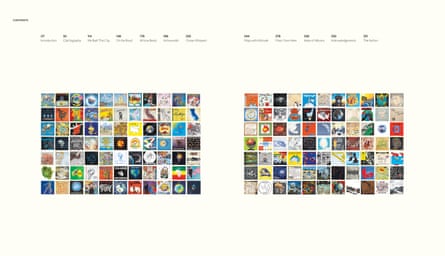
Saunder is a cartographer by trade. Formerly director of cartography at National Geographic and head of cartography at Apple (“I can’t talk about what we do there,” he says), he also helped develop a system for “mapping” tennis matches using ball-tracking technology, which in turn led to him working with Grand Slammers including Roger Federer.
But music and album cover design have always been passions. While he was studying typography at the ArtCenter College of Design in the US, a lecturer recommended looking at album covers for inspiration. “That’s when I wondered: have maps influenced album cover design? Turns out, they have – though strangely, it hasn’t been studied in cartographic academia. So, I dove in.”
The project became a four-year labour of love: 32,000 words and a collection of more than 415 vinyl records – some of them deeply obscure, some celebrated.
Artists with sleeves in the collection include Oasis, Coldplay, Talking Heads, Devo, Bob Marley, XTC, MC5, Queen, New Order, James Brown and Weezer. Others you will not have heard of unless you’re into Belgian speedcore.
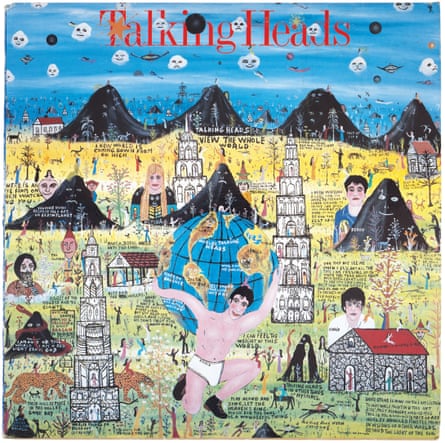
Some major names in the design and graphics world are there, too: Peter Saville (New Order etc), Curtis McNair (Motown’s in-house designer), Neville Garrick (Bob Marley’s art director), Roger Dean (maker of fantasy worlds for the covers of Yes and Asia LPs) and Pedro Bell (Funkadelic, etc).
Saunder collected physical copies of each record and photographed all the sleeves himself. That was one job he grossly underestimated, he says. “I set up a light room in our lounge, photographed each one, made sure the white and black colours appeared as they should, cleaned them, colour-corrected them – three to four tasks per cover … times 415 covers. I pushed through, but I definitely had some moments of doubt.”
Then there was the research. Where possible, Saunder tracked down the designer responsible for each sleeve design to ask them how their concept came about and what it means.
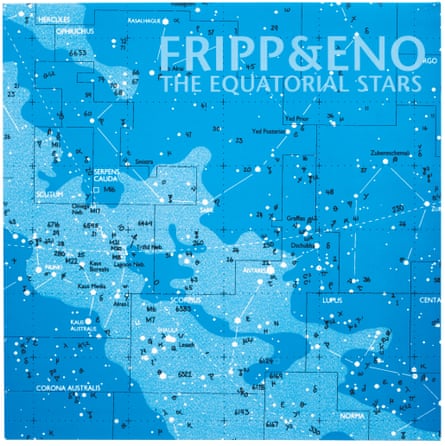
The selection criteria for the book was strict: no landscape paintings; no satellite photography. “A map had to be an abstraction of a geographic form – real or fictitious – and show spatial relationships. That distinction helped narrow the collection.”
While maps are often celebrated for their beauty, they can also contain layers of meaning, says Saunder. “Even the most basic shapes of countries can draw out a lot of feelings – positive and negative.”
The reasons for using maps on album sleeves vary. Some reflect origins – the country or city a band or artist comes from – while others are more aspirational. Peter Barrett’s sleeve design for the UK pressing of Madonna’s 1983 album Borderline, featuring conjoined maps of New York and London, speaks of a star about to make it in the UK. (“Did Madonna sign off on it? I don’t know,” says Saunder. “Is she into maps? I don’t know, but that would likely be the story behind that particular one.”)
after newsletter promotion
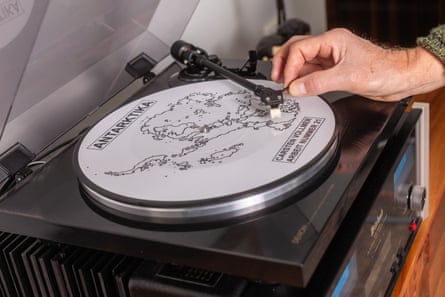
Some designs address global social or environmental issues. Others map the mind, imaginary places, feelings, worldviews – or, in the case of Robert Fripp and Brian Eno’s The Equatorial Stars, deep space.
Among Saunder’s personal favourites is a sleeve from the long-gone Iowa alt rock band House of Large Sizes, showing a cake whose icing is decorated with a map, with a chunk missing. “It’s a commentary on how we’re consuming the world piece by piece, almost without noticing,” says Saunder.
Another favourite cover comes from Belgian punk band Hetze: an illustration of a globe dangling by a thread from the forefinger of an elegant, long-nailed hand, by tattoo artist Florence Roman.
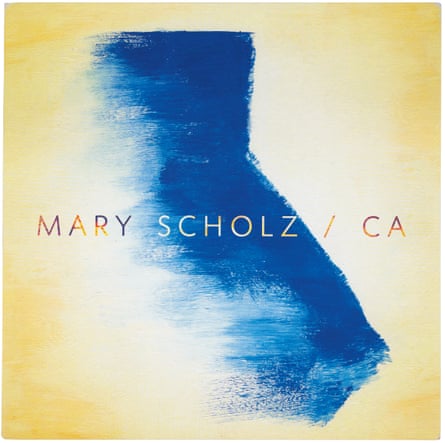
Then there’s the minimalist cover of Mary Scholz’s album California, a collaboration between the singer and guitarist Zachary Ross, showing a wide brush stroke in the shape of the golden state, the paint fading out towards the coast. “It’s like a never-ending horizon of opportunities being swept off into the ocean,” says Saunder. “Having gone off to work and live in California myself, that means something to me.”
During the writing process, Saunder spoke to influential graphic designers such as Peter Saville, creator of sleeves for Joy Division, New Order, OMD and Ultravox. He has three covers in the book – one of them created for Canada’s Martha and the Muffins based on a 1:150,000-scaled map from the National Topographic System of Canada.
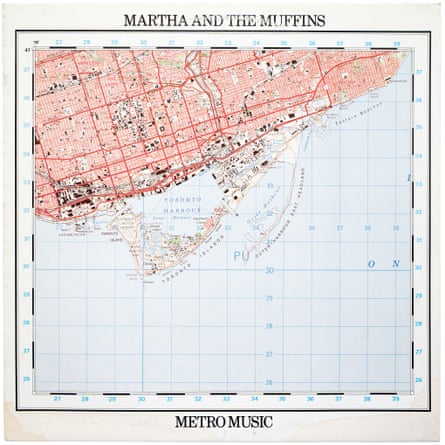
“I fired off an email thinking he [Saville] would be too busy or whatever, but … we ended up having a great chat. He has a genuine passion for the language of maps and cartography,” says Saunder.
All proceeds from the sale of the book are going to Support Act, an organisation helping musicians deal with the emotional, physical and financial challenges rife in the industry. “Without music, there are no album sleeves or books like this,” Saunder says. “It didn’t feel right to profit from others’ artwork, so this was my way of giving back.”
-
Maps on Vinyl: An Atlas of Album Cover Maps is out now.

 12 hours ago
3
12 hours ago
3



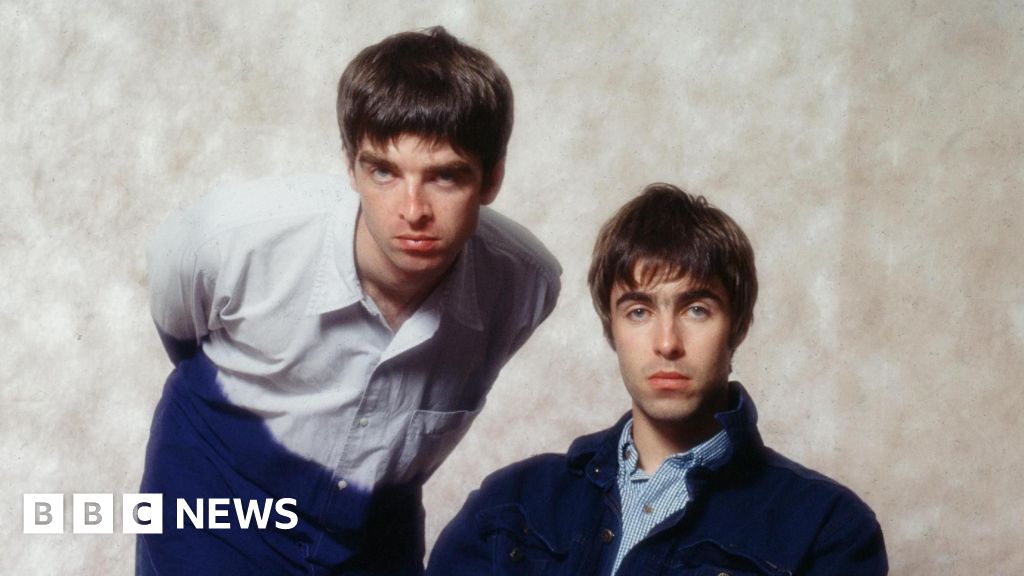

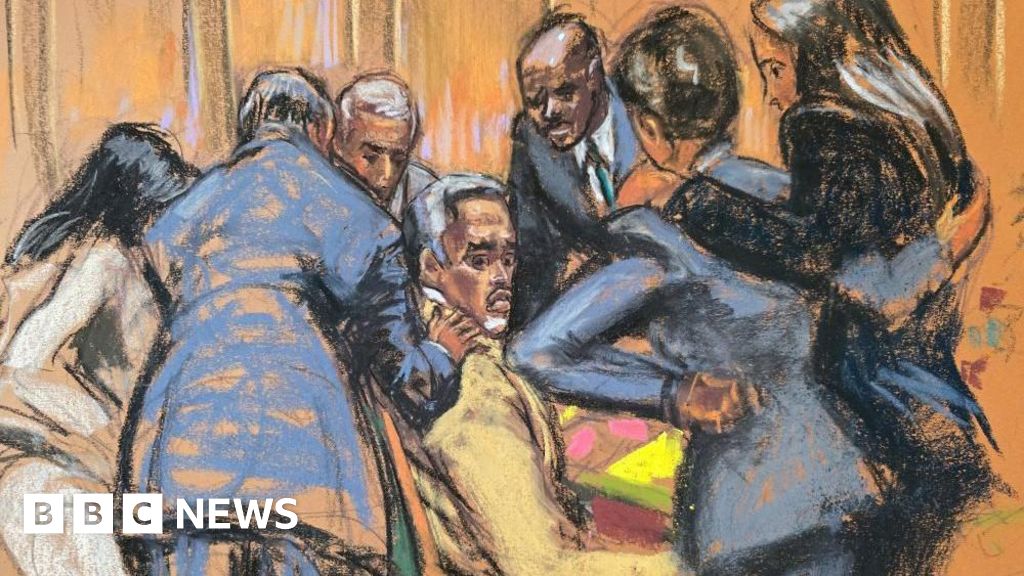




 English (US)
English (US)